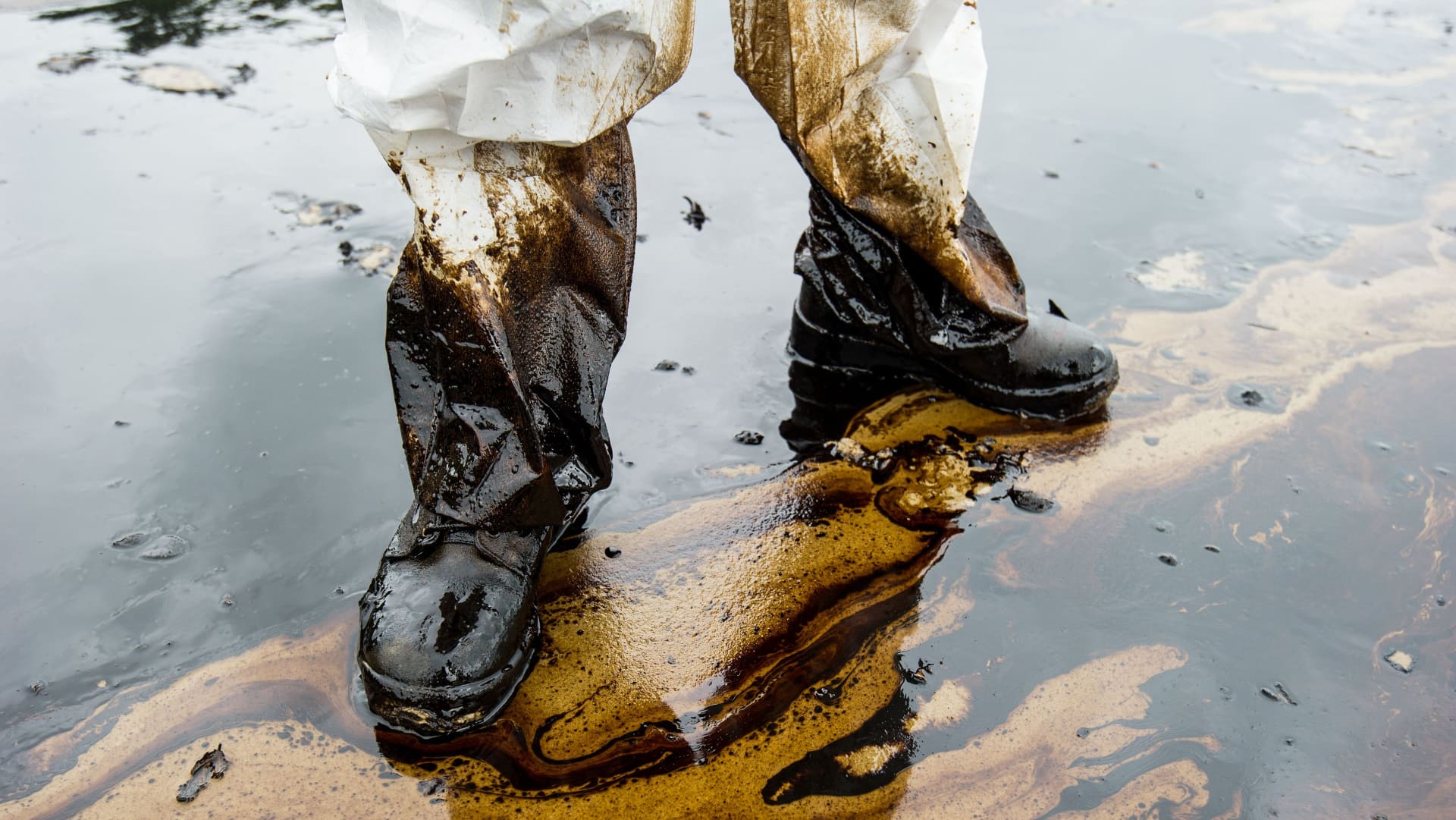Restoring the Balance | Environmental Remediation
Environmental concerns are now at the forefront of global discourse, as we look into our fascinating future. As we grapple with the consequences of industrialization and human activity, the need…
0 Comments
November 30, 2023



